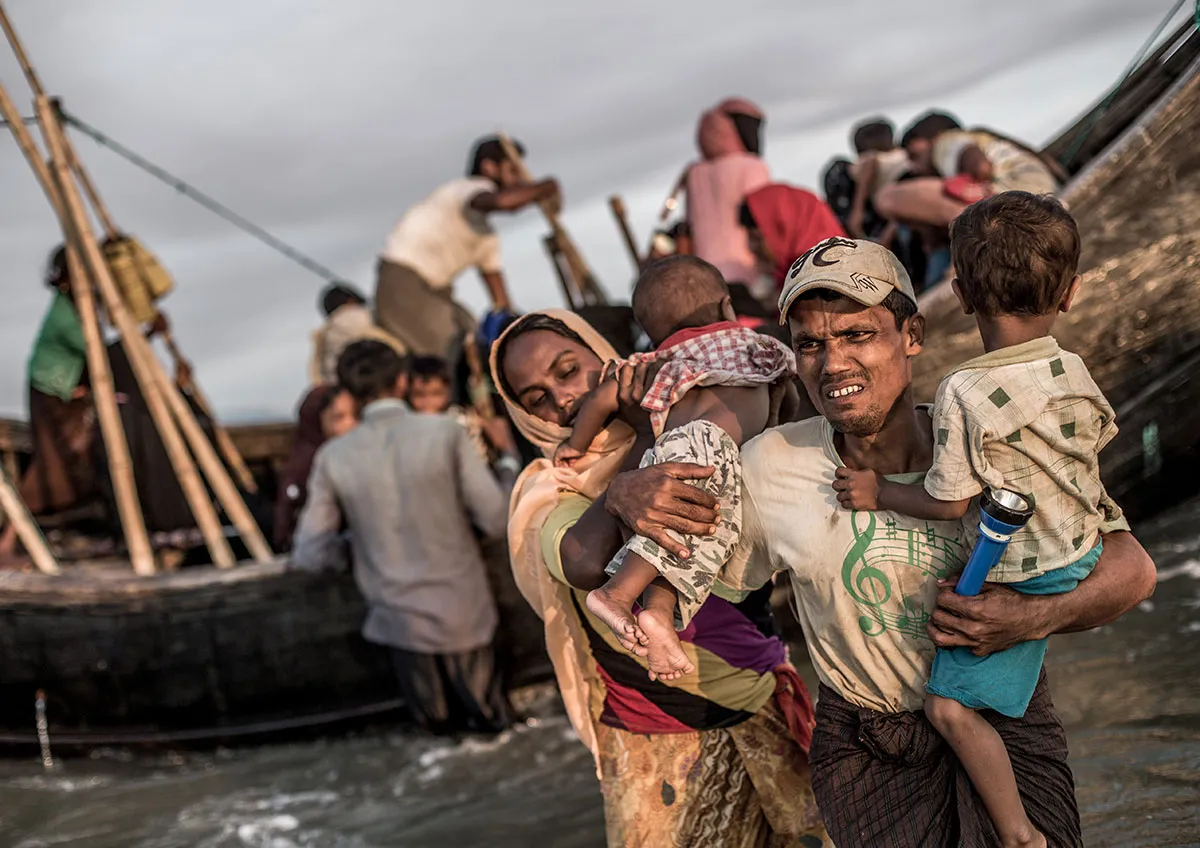About the Myanmar refugee crisis
Since August 2017, more than 744,400 people from Myanmar have fled to Bangladesh after an escalation of violence in Myanmar’s northern Rakhine State, bringing the total of Myanmar refugees to 915,000. Around 80 percent of the refugees are women and children who trekked barefoot for days, through fields, jungles and rivers to get to Bangladesh. Many of the women had to make the journey while pregnant or carrying small children.
In Balukhali Camp in Cox’s Bazar, Bangladesh, women lack privacy, safe places to sleep, clean sanitation facilities and mental health support. In addition, a lot of them do not have the means to feed their children and worry for their mental and physical health; many children are suffering from traumatic experiences, skin diseases, diarrhea and fevers. Violence against women and girls poses a serious threat.


